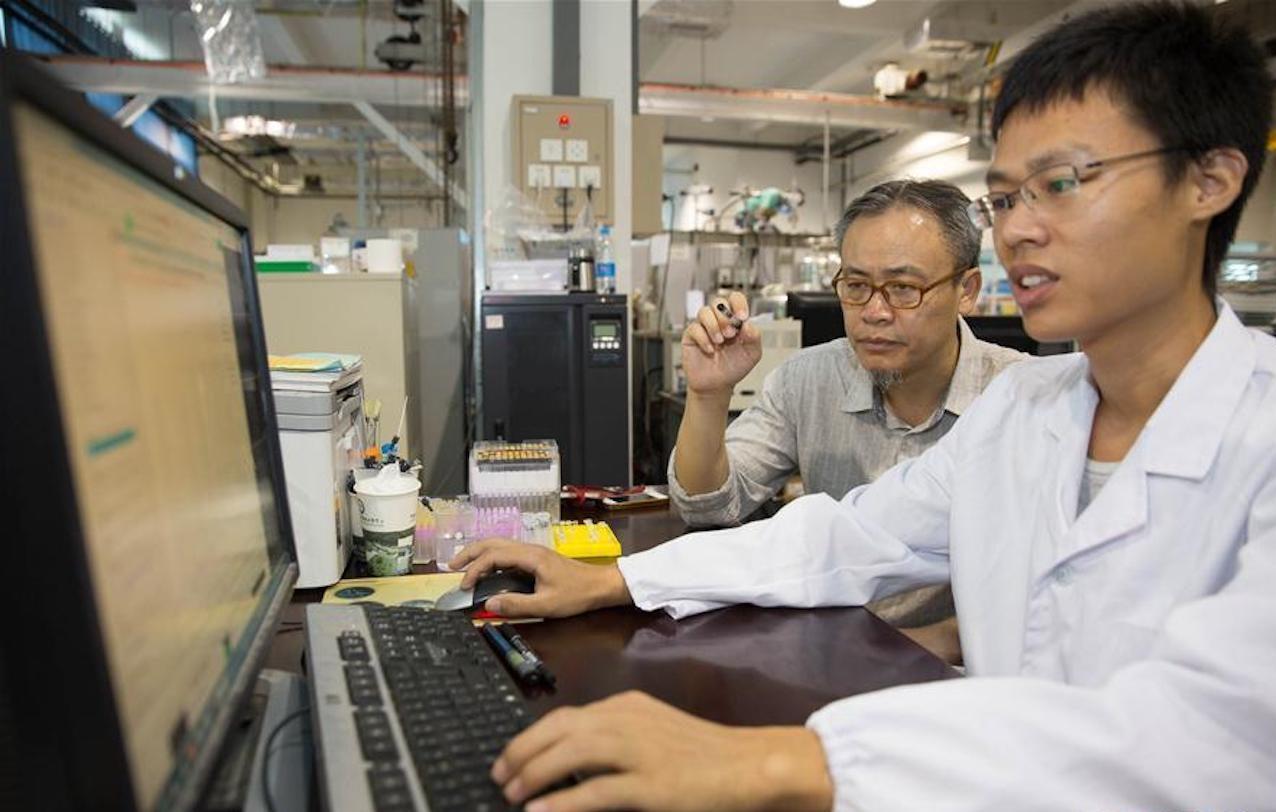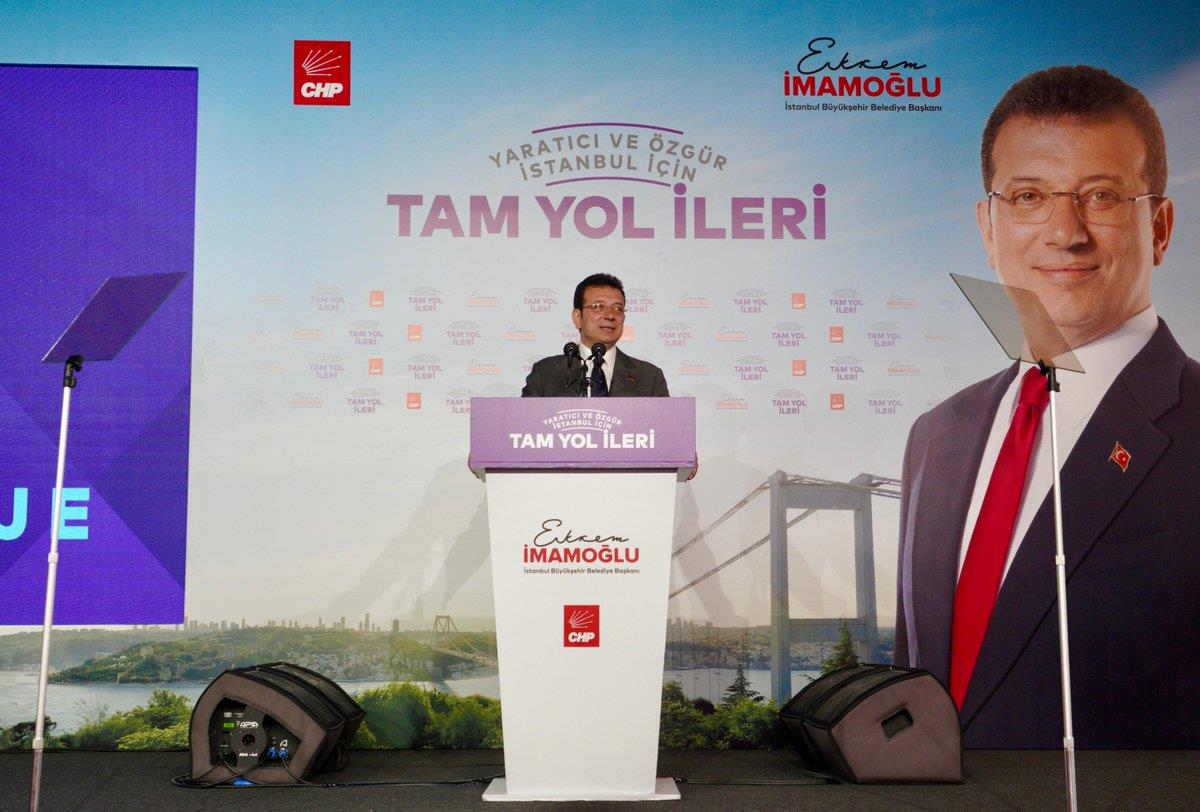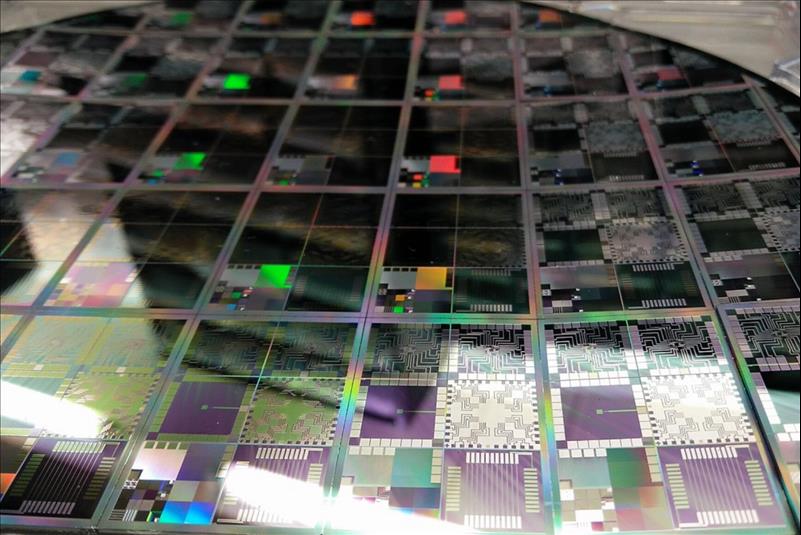
China To Make 5Nm Chips With SAQP Process
Naura Technology Group, a Shenzhen-listed company, last month began research on lithography systems that use a technique known as self-aligned quadruple patterning (SAQP), which can increase a chip's density and performance, the South China Morning Post reported on Monday.
The company's decision to develop the SAQP technology was made last December, according to the report, which cited people familiar with the matter.
The SCMP report was published after Bloomberg reported on March 22 that SiCarrier, a Shenzhen-based SOE that works with Huawei, in late 2023 had been granted a patent that involves SAQP.
Bloomberg said SiCarrier filed patents for the technology in September 2021 when Naura was also involved in this project.
Some technology experts say the SAQP technology is an old and a low technology that nevertheless may help Huawei and Semiconductor Manufacturing International Corp (SMIC) achieve their goals of making 5nm chips without ASML's extreme ultraviolet (EUV) lithography machines. Some others say there is a long way to go before they succeed.

Dodgy publications boost China's science stature

Local wins by Erdoğan foes could herald sea-change

Iran juggling a multitude of bad choices
Since the technology war between China and the United States broke out in 2019, Washington has asked the Dutch government to stop permitting the export of EUV lithography to China. The US has a say in this issue as it owns some essential patents for the making of EUV systems.
From January 1 this year, the Dutch government stopped granting licenses for the shipment to China of ASML's most advanced deep-ultraviolet (DUV) immersion lithography systems (NXT: 2000i, NXT:2050i and NXT:2100i and subsequent systems).
ASML is also banned from selling mature DUV lithography systems such as NXT:1970 and NXT:1980 to some sanctioned Chinese customers, according to the Dutch firm's 2023 annual report. Huawei and SMIC are among the sanctioned firms but they can still source DUV lithography from the secondary markets.
Xi-Rutte meetingThe news that SiCarrier had been granted a SAQP-related patent had been released just a few days before Chinese President Xi Jinping met with Dutch Prime Minister Mark Rutte on March 27.
Xi said that no force can stop the pace of China's technological progress. He added that creating scientific and technological barriers and severing industrial and supply chains will only lead to division and confrontation. He urged the Netherlands to provide a fair and transparent business environment for Chinese enterprises.
A Beijing-based writer called Zongyun says in an article that it sounds easy to use the SAQP technique but it is actually very difficult.
He says technology giants including Intel Corp tried to use this technology to mass produce their chips but finally gave up.
However, he says he believes that Huawei will be able to mass produce 5nm or smaller chips in the future.
As of now, information about Huawei's yield and its costs for making 5nm chips has remained unavailable.
A technology expert says in a social post that Intel used the SAQP technique to make chips but it ended up using more photomasks than usual to complete the metal layer due to extra cuttings.
Brute-force approachThe SAQP technique is called a brute-force method as it involves pitch-splitting, or the division of a pattern into two or three parts.
The SAQP can be achieved by applying the self-aligned double patterning (SADP) twice.
In a SADP process, a pattern of lines is made on a hard mask by photolithography. After a spacer is formed on each side of a line, the first pattern is removed. The spacer then becomes the final pattern for the etching of the hard mask.

Sign up for one of our free newsletters
- The Daily ReportStart your day right with Asia Times' top stories
- AT Weekly ReportA weekly roundup of Asia Times' most-read stories
For an analogy one can imagine that a person plants two new trees next to each existing tree in an area and then removes all the old ones. The density of trees in the area is doubled.
“Theoretically, it needs six rounds of exposure to make 5nm chips with an existing DUV lithography system in China,” Alex Tsai, a former legislator in Taiwan and a PhD degree holder at Tsinghua University, said in an interview with BNE TV, a pro-Beijing Chinese TV channel in New Zealand.“But the higher the number of exposures, the lower the yield of production.”
“The SAQP technique can help boost the yield,” he said.“SMIC can use this technology to mass produce 5nm chips.”
He said China also hopes that it can use Canon's nanoimprint lithography to bypass the United States' chip export ban one day.
Nanoimprint lithography does not require many layers of alignment as it directly transfers images onto silicon wafers and other substrates using copies of a master stamp patterned by an e-beam system.
Read: US weighs sanctions against Huawei's chip network
Follow Jeff Pao on Twitter at
@jeffpao3
Thank you for registering!
An account was already registered with this email. Please check your inbox for an authentication link.

Legal Disclaimer:
MENAFN provides the information “as is” without warranty of any kind. We do not accept any responsibility or liability for the accuracy, content, images, videos, licenses, completeness, legality, or reliability of the information contained in this article. If you have any complaints or copyright issues related to this article, kindly contact the provider above.






















Comments
No comment